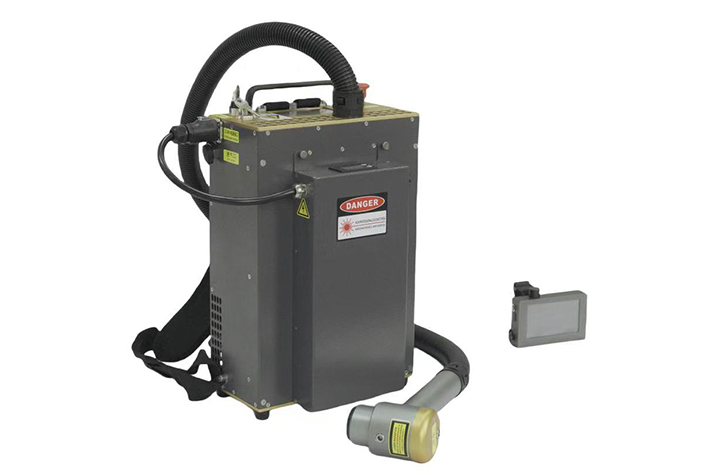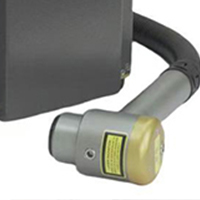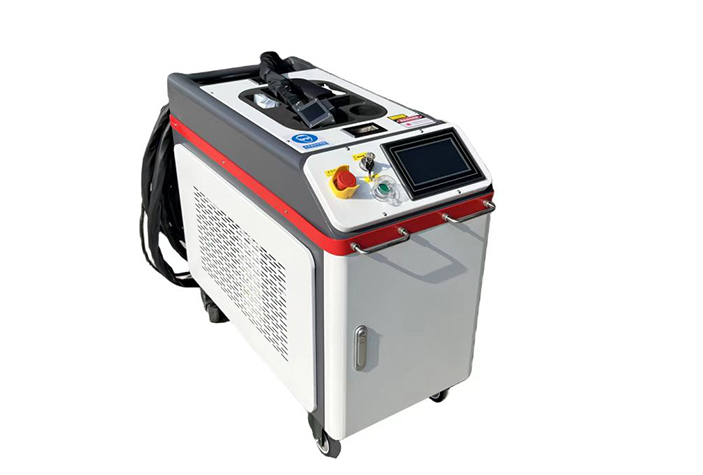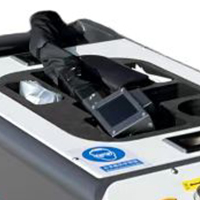Introduction
In today's fast-paced manufacturing industry, precision, efficiency, and automation are key to staying competitive. Robot laser welding machines have emerged as a game-changing technology, offering unmatched accuracy, speed, and flexibility in welding applications. Whether in automotive, aerospace, electronics, or heavy machinery, these advanced systems are revolutionizing production lines.
If you're searching for the best robot laser welding solutions, this guide covers everything you need to know—how they work, their benefits, applications, and why they’re a smart investment for modern manufacturing.
What Is a Robot Laser Welding Machine?
A robot laser welding machine combines industrial robotic arms with high-power laser technology to perform precise, automated welding tasks. These systems use concentrated laser beams to melt and fuse materials with minimal heat distortion, ensuring superior weld quality.
Key Components:
Laser Source (Fiber, CO₂, or Nd:YAG)
Robotic Arm (6-axis for maximum flexibility)
Welding Head & Optics (for beam focusing)
CNC Control System (for programming and automation)
Cooling System (to maintain optimal performance)
Advantages of Robot Laser Welding Machines
1. Unmatched Precision & QualityLaser welding produces narrow, deep welds with minimal spatter, reducing post-processing needs. The high energy density ensures consistent results even on complex geometries.
2. High-Speed WeldingCompared to traditional methods (TIG/MIG), laser welding is 3-5x faster, boosting production efficiency.
3. Minimal Heat DistortionThe focused laser beam reduces heat-affected zones (HAZ), preserving material integrity—ideal for thin metals and delicate components.
4. Automation & FlexibilityRobotic arms can be programmed for multiple welding paths, making them perfect for high-mix, low-volume production.
5. Cost-Effective in the Long RunThough the initial investment is higher, lower operational costs, reduced waste, and higher productivity deliver a strong ROI.
Applications of Robot Laser Welding
✅ Automotive IndustryBody-in-white assembliesBattery welding for EVsExhaust systems
✅ Aerospace & DefenseTurbine bladesLightweight alloy weldingStructural components
✅ Electronics & Medical DevicesHermetic sealing of sensorsMicro-welding for implantsBattery contacts
✅ Heavy Industry & EnergyPipeline weldingPressure vesselsWind turbine components
Choosing the Right Robot Laser Welding Machine
When selecting a system, consider:
🔹 Laser Type – Fiber lasers are best for metals, while CO₂ suits thicker materials.
🔹 Robot Payload & Reach – Ensure it matches your part size.
🔹 Integration Capability – Compatibility with existing automation (PLC, CNC).
🔹 Vendor Support – Training, maintenance, and after-sales service.
Why Invest in a Robot Laser Welding System?
With increasing demand for high-precision, automated welding, manufacturers adopting this technology gain:
✔ Higher productivity – Faster cycle times & 24/7 operation
✔ Better weld consistency – Fewer defects & reworks
✔ Lower labor costs – Reduced dependency on skilled welders
✔ Future-proof operations – Adaptable to Industry 4.0 & smart factories
Conclusion
The robot laser welding machine is transforming modern manufacturing with speed, precision, and automation. Whether you're in automotive, aerospace, or electronics, integrating this technology can enhance quality, reduce costs, and boost competitiveness.
Looking for the best robot laser welding solutions? Contact us today for expert advice and cutting-edge systems tailored to your needs!



























































